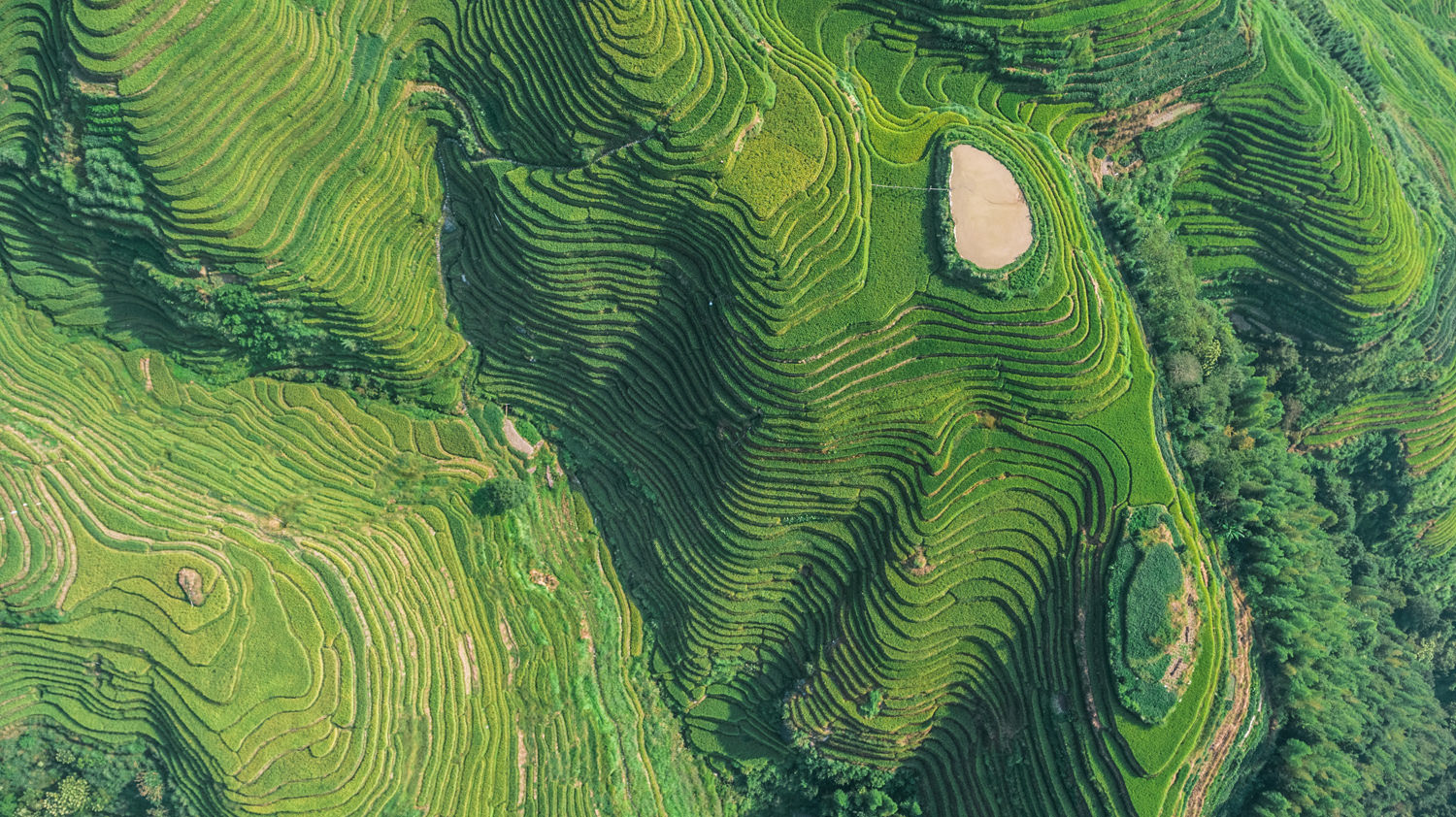What imagery sources (satellites by type, manned aircraft by type, drones by type, etc) do you use now? And for what purposes?
In the case of using drones for inspection, we use a 20 megapixel camera with a 30x optical zoom. Typically, one of our inspections is done with the inspector watching live real time. So kind of move around, look in and out and you are moving in and out to get a little more clarity on the imagery. But most of the folks that we have are using DJI products and so they’re using them more and more, we’re moving towards the enterprise level like the M210. We’re really like optical zoom because it’s live, it’s real, it’s right there, right now, if they’re doing something that they want to go back and look at.
For optical zoom, higher megapixel sensors obviously are better for that. But again, since we typically do it live, that’s more optical zoom. The DJI X3, X5, X7, all those camera models are working out really well. There’s fewer and fewer folks using other models. Really, there were a few Falcon operators (made by Intel), with which you can attach pretty specific payloads on. However, I don’t think this has turned out quite as robust, particularly since, it seems the company hasn’t followed through with R&D on that to make it really much better. Some confidence has been lost in that platform.
I think in the industry, a number of operators started using the SkyRanger by a Canadian company (Aeryon now FLIR), which was exorbitantly expensive when it first came out. Their prices come down over time. They just aren’t hitting the market like DJI has. Awesome camera, 30x zoom, really stable. When they first came out, the platform and camera combination was well over $100,000 and there just isn’t that much work in the industry to support that kind of investment.
Use cases, we’re using drones for more and more… We have one facility in particular on the Gulf coast that is really embracing drobes, a younger gentleman really believes in the technology and has been pushing and pushing his team in that facility to use them for firefighting, first response, and emergency response.
We also had an operator fly a high power electrical transmission line that feeds the refinery, which was the first time that had been done. This was really cool because before you had to own and operate a helicopter, which is crazy expensive way. Helicopters are risky and not as safe. Helicopters are great machines and they can do certain things really well that nothing else can do, but at the end of the day, you really need to have a need for that specific capability before it makes sense just because of the safety case for it.
The other thing about it is, with the helicopter, they were simply taking video of them flying around, whereas with a drone, they used the M210, which could carry two payloads simultaneously, so they have IR and visual, which was really cool. With this you could fly and watch both at the same time looking for hotspots, high resistance to ground, Corona effect, stuff like that, high temperature transformers indicating that they’re at a certain stage of failure, which was great.
On the same property, we are currently identifying locations where piping actually touches the ground. These facilities are probably 600-700 acres, which is a lot of area to look at. The only other way to do this is on foot. And so they’re doing really high resolution, 3D imaging to locate areas where the pipe is close to the ground and then they’ll go out there and actually look at it, but they eliminate acres and acres and acres that they don’t need to look at and would have wasted resources locating.
Another big use of drones is internal vessel inspections of either product storage tanks or cooling towers or boilers or furnaces, examining refractories inside of 16 to 24 inch piping. So there’s a lot of use cases and I think in many ways internal inspections will become every bit as important as external. If you can eliminate, man entry into confined space, that’s a big deal – if you can make that work with the drone, you’ve come out way ahead on that because you just don’t have the risk of losing somebody inside of a container or somewhere.
Another use case would be tank and roof inspections, particularly after heavy rainfall events. Floating roofs have adequate drains for water runoff, otherwise water leaks down and around though the seal and into the product, which can be very dangerous. For example, after Hurricane Harvey, which just dumped so much rain, and then this recent system that went up over East Texas dumped a lot of rain, we used drones for these inspections.
The same facility is also looking at using drones to do volumetrics calculations of coal piles and other assets for inventory purposes.
We also have ethanol plants that are beginning to use drones for internal tank inspections. Don’t have a lot of use for external inspections because they are located along the Gulf coast where there’s so much corrosion from salt water and air. Tanks are tanks and, and so painting these tanks, which are 30, 40, 50 feet tall and 150 foot in diameter, to scaffold all that is very expensive and very time consuming. If you can fly a drone and find sections, you can identify problem areas. Then you scaffold just to that one point and save a lot of time and money and, and safety and safety. Safer to fly that drone up than to risk the safety of a human.
What type of sensor (OE, IR, hyperspectral, radar, other) gets you the perspective you need? Any secondary sensors that you would like to use?
Drones: IR with M210 (inspect high temperature and hot spots – look at where piping touches the ground)
3rd Party Manned Aircraft Service Provider: EO (covers 100 mile x 10 mile area WEEKLY in Memphis due to bi weekly regulatory requirements for monitoring activity nearby such as hunting and construction)
Satellite: Basic Google Earth “on steroids”
Valero currently does not utilize any satellite data, with one caveat – We have purchased satellite imagery, just as a kind of a general footprint of a property. Kind of Google earth on steroids maybe, but not with the detail with which you could do detailed inspections. It’s more of a ‘Hey, this was the property in kind of a summary of where everything is, which is used more for like historical records, planning for expansion, or for another bolt on process involving pipes that has X product in it, which is more for inspection, not planning.
How often do you need to see this view – several times a week, several times a day, several times an hour, several times a minute, or persistent video? If you have several imagery needs please break out by use case and platform that you currently use.
We fly drones annually to scan for hot spots and if any problems have came up. This is reactive. It’s called a brown out on an electrical feed. It is conducted to examine the overall health of the system. On average the individual flies every two weeks, may do two tanks in one day. Working on an internal program for the facility.
Duration – how long do you need this frequency in a calendar year – are your requirements seasonal, event-driven, etc?
Tank inspections: Monthly or annual basis – can be event and seasonally driven.
Roof inspections: Monthly or annual basis – can be event and seasonally driven.
Monitoring pipelines for cracks/activity: Weekly due to regulatory purposes, sometimes bi-weekly or monthly. Sometimes driven by regulatory requirements.
How do you receive the imagery – active or passive – do you go into portal to get reports at regular intervals or do you receive a finished product?
BAR files reports live through cell phones. Looking for encroachments not leaks. Leaks are easily detected through loss of pressure, etc. Sometimes there is a portal, depending on the 3rd party provider. In their report, which is typically an excel doc, they mention at mile marker etc. there is this issue, they have not yet covered it, however they can notice the issue from a far. This is then not real time.
What additional bandwidth, insight or cost-savings would your company achieve with persistent, high-resolution imagery?
Scaffolding – flare tip is a safety release valve – they will release the product and burn it all. Flare tips are very expensive to shut down. Drones you can fly while they are in use. Cost benefit is millions of dollars a day just to not have to turn off the flare tip. Scaffolding runs in the 100K+ dollars and then you also have the safety issue of people climbing up.
Subsidiary completed this and it saved them 1.3M in one day using a drone. They have to look at it horizontally, straight down view would be virtually useless.

